Space travelling from El Teide
Visiting Tenerife's volcano at the Canary Islands
This summer holiday brought me to Tenerife, part of the Canary Islands, Spain. It's a popular destination because of the climate, but it's also the home of Teide, the world's second highest volcano (7500 m, measured from the sea floor). The incredible views reach way beyond earth, into outer space, the Milky Way and other distant galaxies.
Tenerife
The Canary Island of Tenerife is known internationally as the "Island of Eternal Spring" (Isla de la Eterna Primavera). At about the same latitude as the Sahara Desert, it enjoys a warm tropical climate with an average around 24 °C. The climate is controlled by tradewinds on the Atlantic Ocean, whose humidity condenses over the northern part of the island, creating clouds. The weather on the island is different on the North and South because of the enormous volcano in the centre.
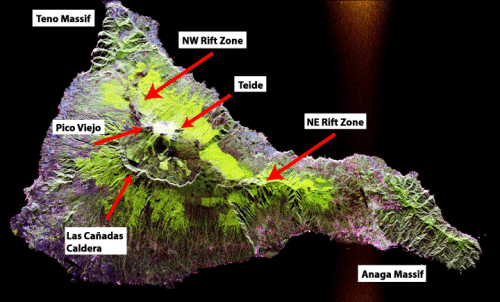
The radar image shows the Teide volcano on the island of Tenerife in the Canary islands. The image was created using the Spaceborn Imaging Radar-C/X-Band Synthetic Aperture Radar (SIR-C/X-SAR) onboard the space shuttle Endavour in 1994. The colour indicates differences in terrain, where shades of green and brown indicate lava flows of various ages and roughnesses.
El Teide
The volcano on the island of Tenerife, El Teide, is the highest in the world next to the Hawaiian Islands. Measured from the ocean floor, its top (Pico del Teide) reaches 7500 meters. Its summit is 3718 meters above sea level. Because of its history of destructive eruptions, the volcano is closely monitored by the United Nations Committee for Disaster Mitigation. Its last eruption was in 1909.
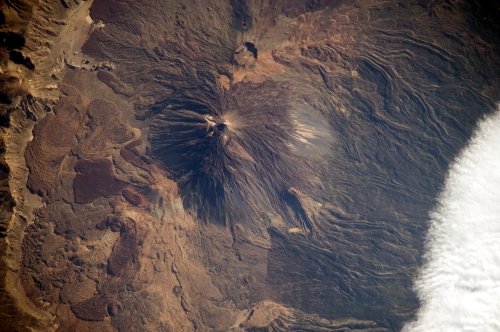
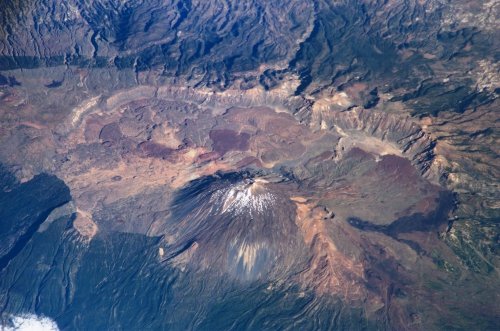
If you look closely, you'll notice that it appears as if the volcano has collapsed: its summit seems to be pushed downwards, surrounded by a "ring" of mountain tops. This is called a "caldera", a large collapse depression usually formed when a large eruption completely empties the magma chambers inside the volcano.
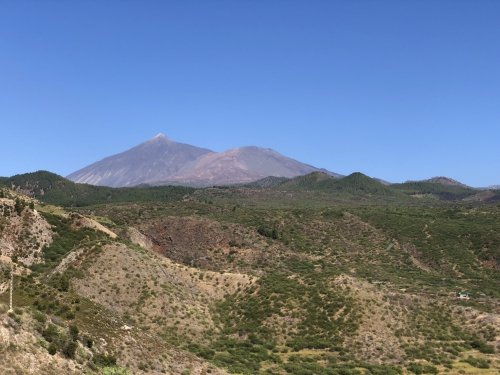
The volcano and its surroundings comprise the Teide National Park, a World Heritage Site by UNESCO. Its environmental conditions and geological formations are similar to those on Mars.
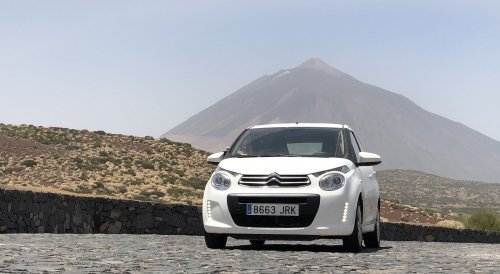
The Teide national park is open for public and accessible by road. Along the way you're in for some fantastic views.
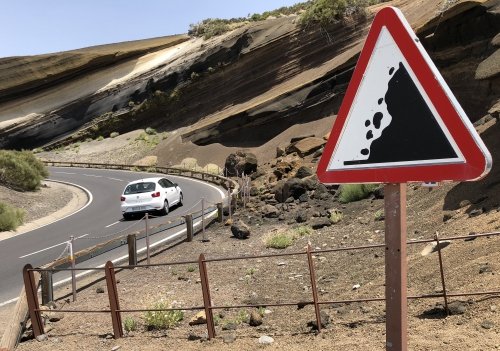
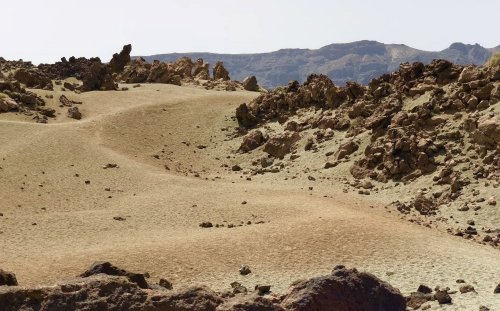
The landscape is unlike anything I have seen before. Because of the similarities with Mars, Las Cañadas is used by space agencies to test planetary rovers.
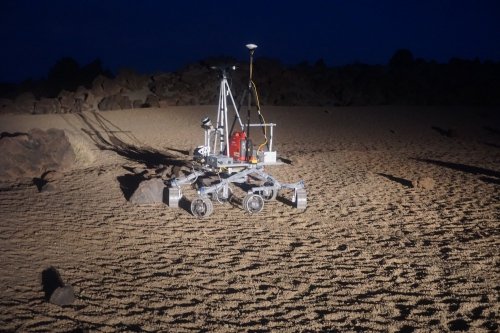
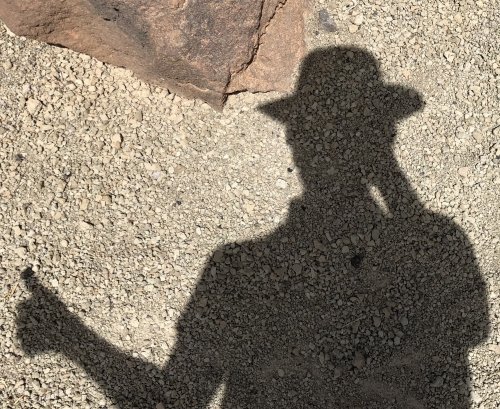
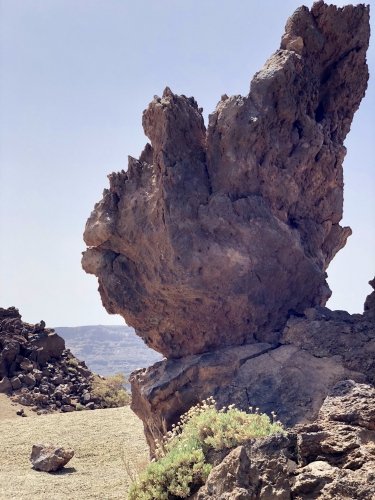
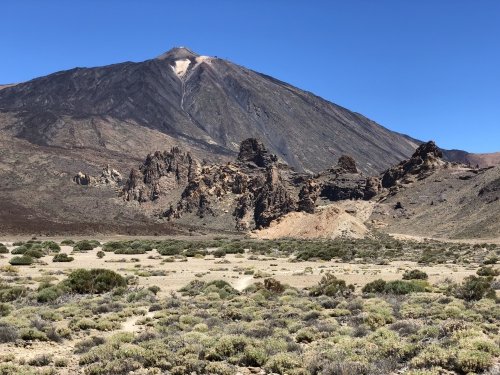
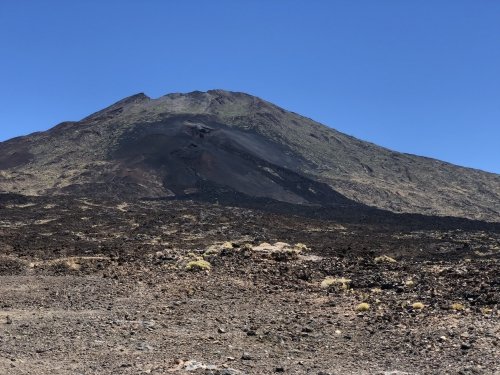

There are four main roads to and from the caldera, each one offering different scenes. From dense woods to bare rocks, from heavy fog to clear skies. You should explore them all!
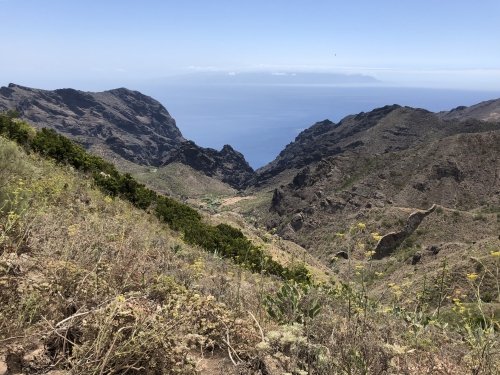
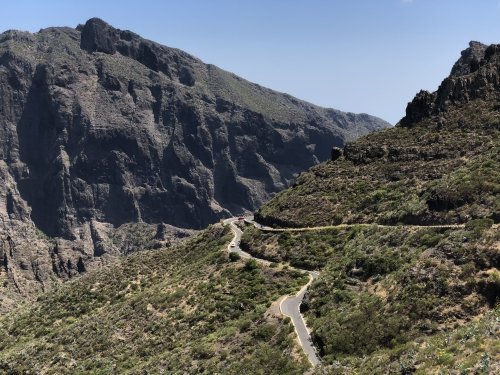
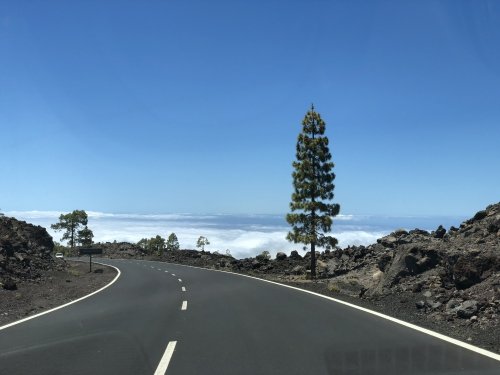
If the extra terrestial landscape isn't enough, driving above the clouds really makes you realise this ain't your typical commute. The contrast with the top of Teide is amazing when you go under the clouds. There the landscape is green, full of life and vegetation.
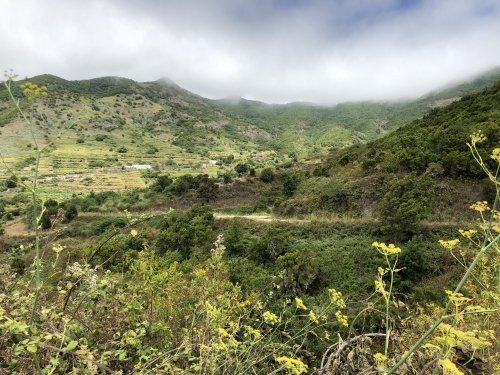
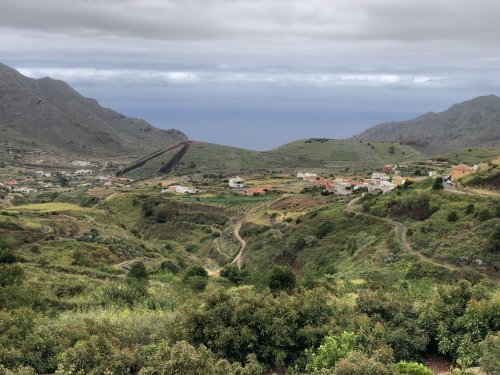
If you follow the Masca hiking trail - which is a dangerous walk - you'll be able to go down, all the way to sea level. If you don't feel like mountaineering, you can reach this phenomenal swimming place by boat, spotting whales along the way.
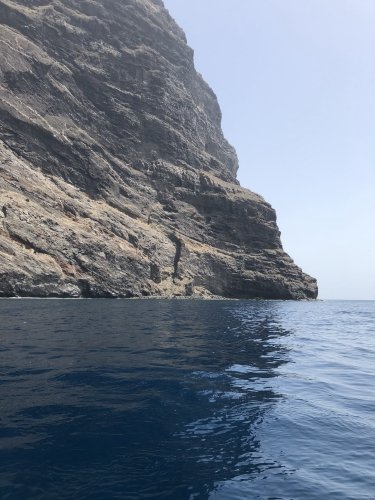
But, be careful where you decide to take a plunge into the ocean! At the north side of the island there are strong currents, highly dangerous for swimmers.
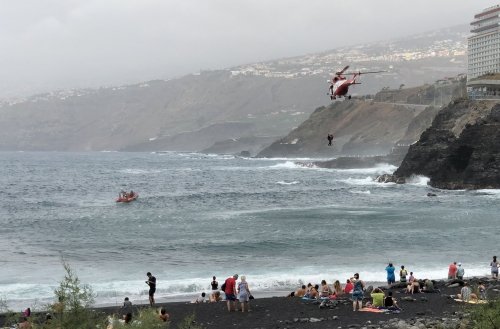
Space
Because of the good astronomical seeing conditions on the top of the volcano, Teide is used to look at the stars. Ever since 1964, it's home to the Teide Observatory (Observatorio del Teide). It became one of the first major international observatories with telescopes from different countries. Its quite the view, this "telescope street".
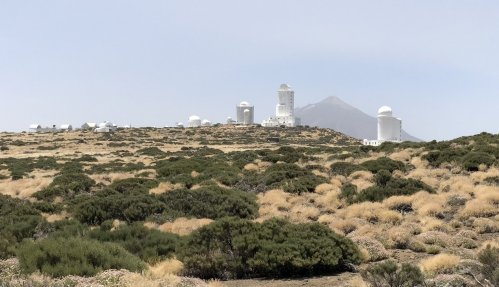
Astronomical observatories are generally situated on top of mountains, as the ground air is usually more convective (turbulent because of the temperature). Stable air from high above the clouds and oceans generally provides the best seeing conditions. It's also very dark during the nights at Teide, because it's located in the middle of the ocean (limiting light pollution from big cities).
You should really try it yourself, visit Teide at night. The sky is really unbelievable: I have never seen so many stars! You don't need a telescope or special glasses, just look with your bare eyes. Most stars and galaxies can be seen before the moon rises. Take your time and you'll notice even more detail.
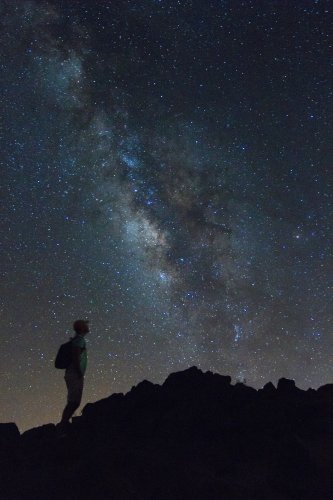
This stunning photo was taken by wife Ellen using a professional camera. It very much reflects how the sky actually is during the night at Teide - this is no Photoshop! See the Milky Way light up the sky like a subtle cloud. Billions of stars in one view. Never ever have I seen something like this before, it is truly magnificent.
Conclusion
You don't have to wait for Elon Musk to complete his Mars rocket to see outer space. Visit Tenerife and be amazed by the extra terrestrial views.
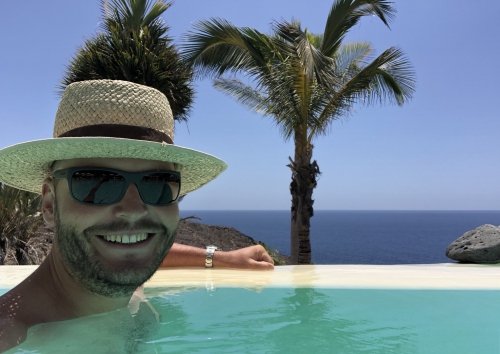
After all your stargazing and space travelling, you should relax and enjoy the sunny weather from the swimming pool. Happy holidays, everybody!
Did you enjoy this post?
If you found this content useful,
consider showing your appreciation
by buying me a coffee ❤️😋:






